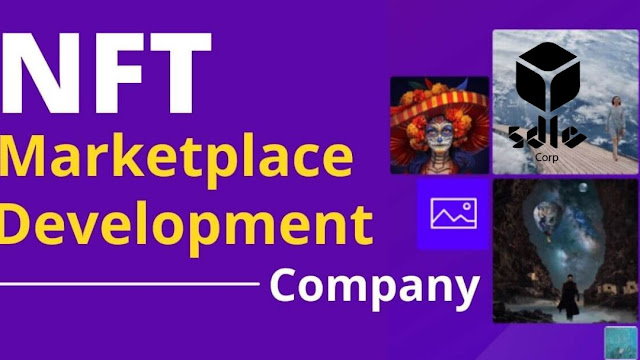Blockchain in Supply Chain | Track and Trace with Blockchain Technology
Blockchain has the reputation of being a miracle cure. Our supply chain specialists assess its actual potential.
Another new technology to think about another day.
Blockchain, the system designed to facilitate bitcoin transactions, is to blame this time.
In the opinion of its proponents, notably in the financial industry, blockchain technology has the power to drastically increase the productivity and profitability of the majority of firms, if not all of them—or perhaps to completely transform the way we do business.
These early adopters assert that companies that disregard blockchain technology do so at their peril.
However, how real are these powerful words?
Does the supply chain industry actually use blockchain technology?
Can it boost your profitability and resolve your supply-chain issues? Supply-chain executives have asked us a number of very practical questions.
Our objectives are to help you comprehend the fundamentals of blockchain technology and to save you the time-consuming process of learning, experimenting, and evaluating its usability for your business.
Blockchain's Tangible Benefits in Existing Blockchain in Supply Chain
Without blockchain technology, today's supply networks can typically run efficiently.
But the supply chain and IT industries are thrilled about the technology.
Numerous articles have been written about it, and both well-known IT companies and newcomers have started fruitful pilot projects as a result, including:
In order to verify transactions, transaction correctness, and the effectiveness of record keeping, Walmart tested an application that tracks pigs in China and produce in the US.
Blockchain technology is being used by Maersk and IBM to develop cross-border, multi-party transactions that will increase process effectiveness.
BHP is working on a blockchain solution that will replace spreadsheets for the purpose of tracking samples both internally and externally from different vendors.
A UK startup called Provenance recently secured $800,000 to help it trace food using blockchain technology. The Southeast Asian supply chain for tracing tuna has already been tested.
The authors have not yet come across any large-scale uses of blockchain technology in the supply chain, which begs the crucial question of whether or not it can improve supply chains.
First, let's face the facts: many of today's supply networks, as most practitioners are aware, have reliable data that can be sent between supply chain layers almost instantly.
We examined three potential application areas for blockchain technology in the supply chain industry to evaluate its potential value:
replacing laborious, manual procedures. Despite the fact that supply chains can now manage large, complex data sets, many of their processes—particularly those at the lowest supply tiers—are slow and exclusively dependent on paper, as is still frequently the case in the shipping business.
The improvement of traceability Consumer and regulatory needs for provenance data are already driving change.
The significant costs of quality issues, such as recalls, reputational harm, or the loss of revenue from black- or grey-market items, are reduced by strengthening traceability, which also provides value.
More value-creation potential can be realised by streamlining a complicated supplier base (see sidebar, "A complex supply chain of unknown parties").
cutting the cost of IT transactions in the supply chain. This advantage is still more hypothetical than real at this point.
Every block or transaction in Bitcoin is validated by those who are paid, and those who suggest additional blocks are also required to include a fee in their suggestion.
As a result of supply networks' often-staggering scope, such a fee would likely be unaffordable. For instance, over the course of a 90-day period, one automaker may issue 10 billion call-offs to only its tier-one suppliers.
Furthermore, the total number of those transactions would considerably increase the demand for data storage, which is a crucial aspect of the distributed-ledger technology used by blockchain.
In the context of a supply chain, especially one including permissionless blockchains, it would also be impractical to create and maintain several copies of data sets. Read More




Comments
Post a Comment